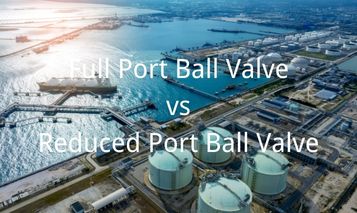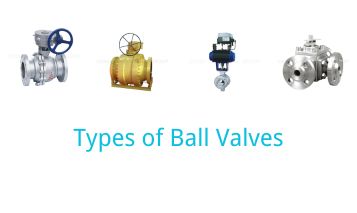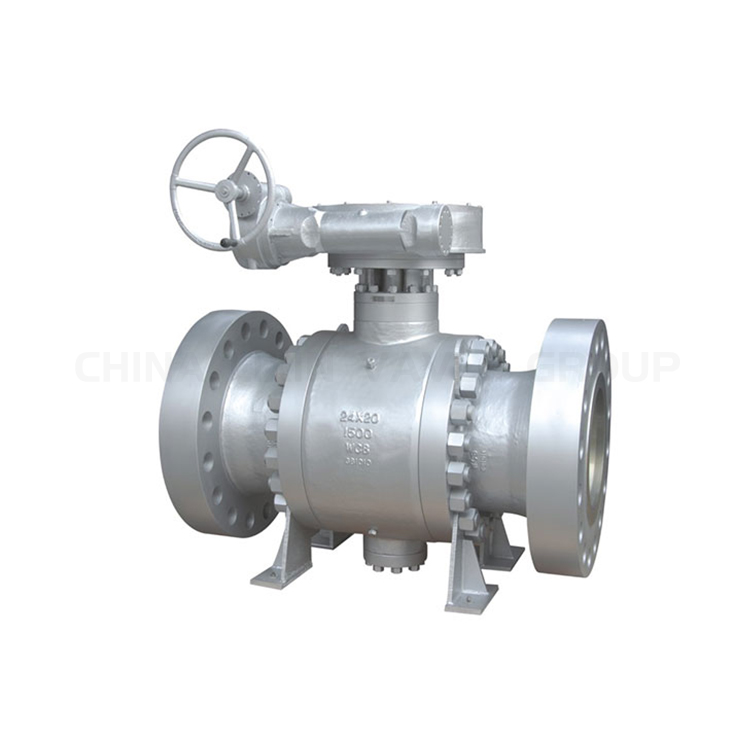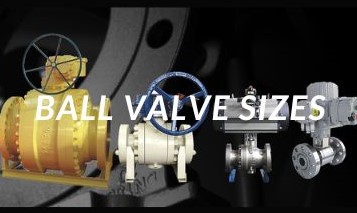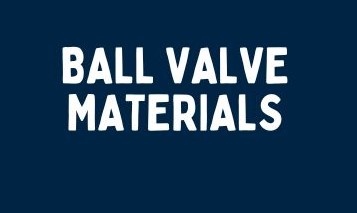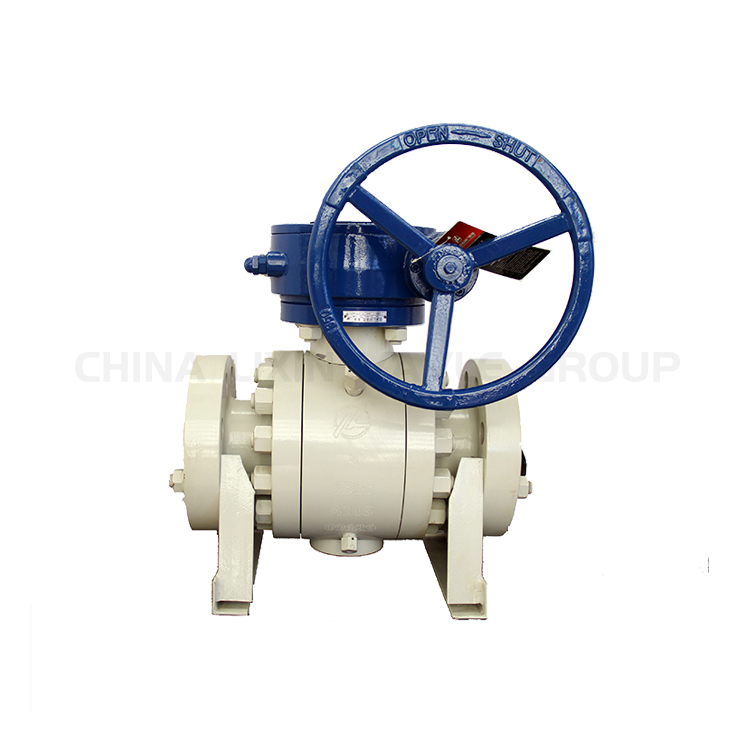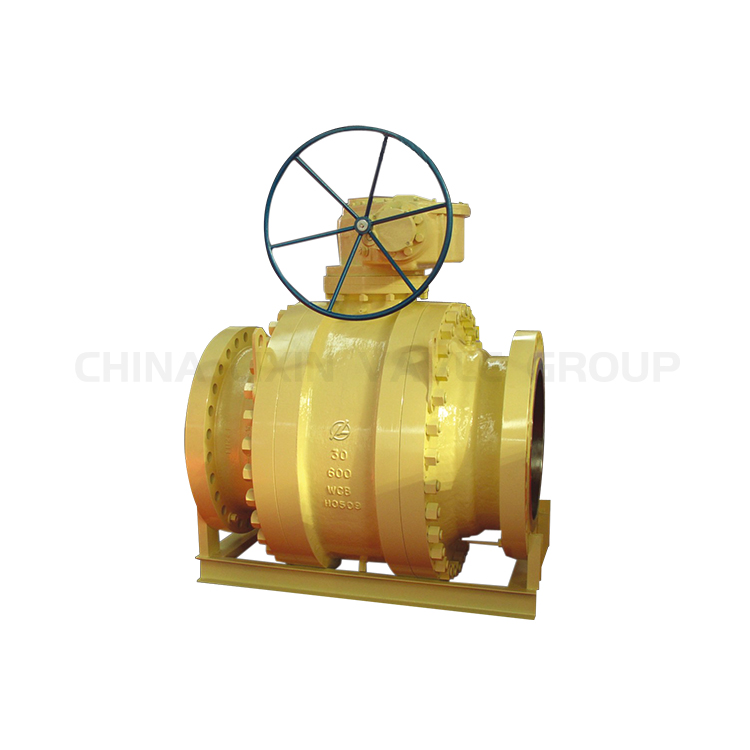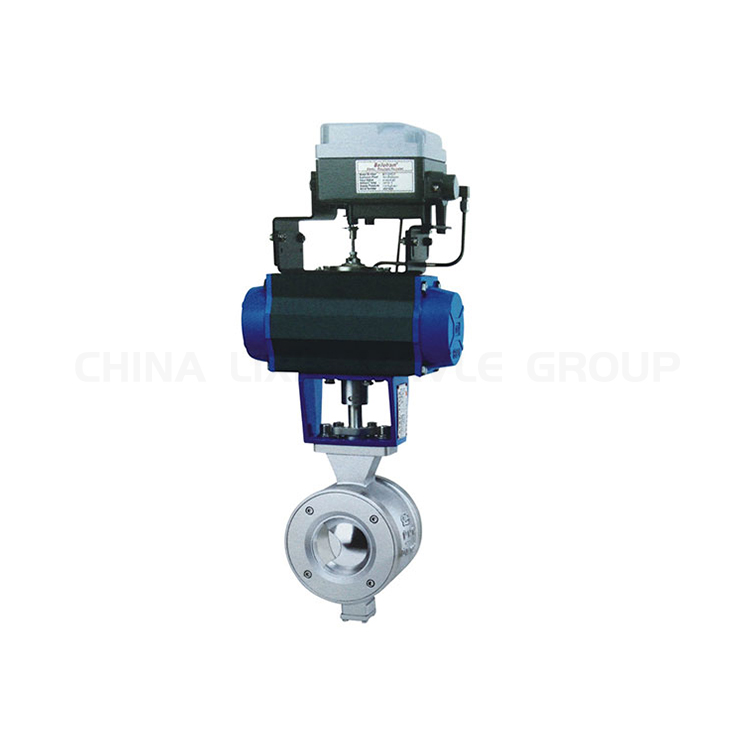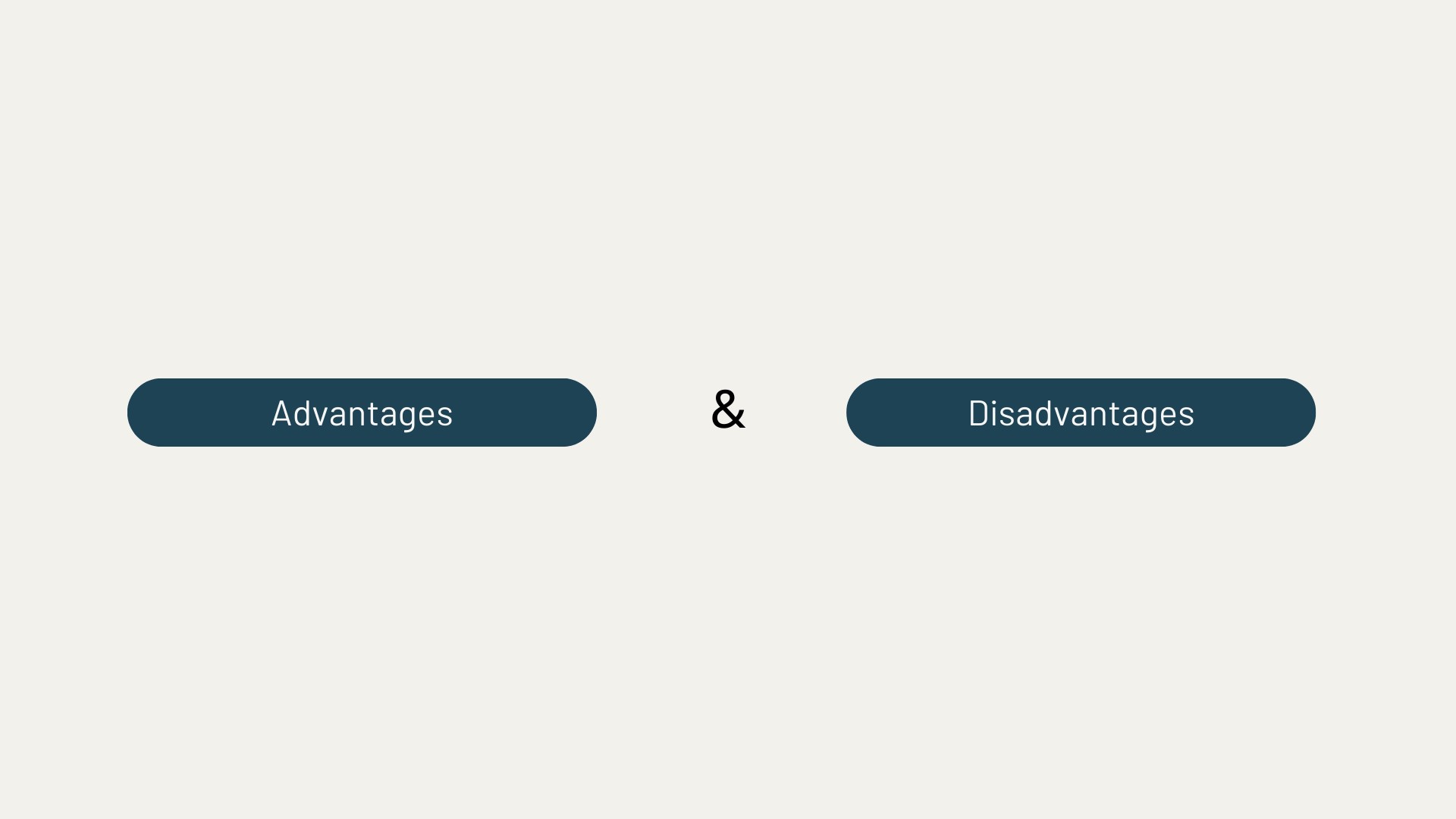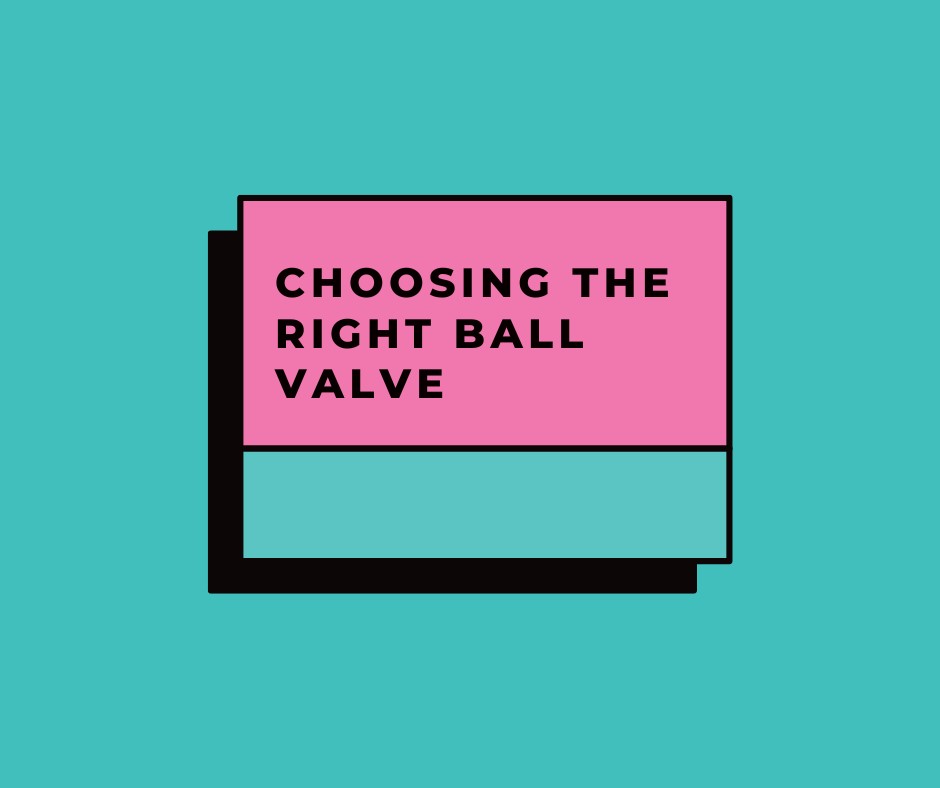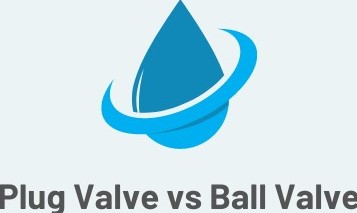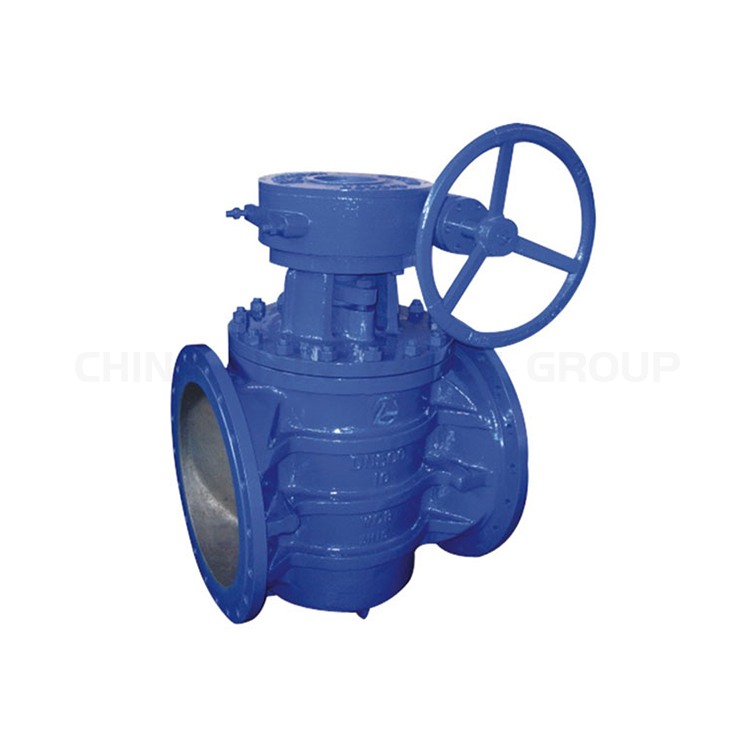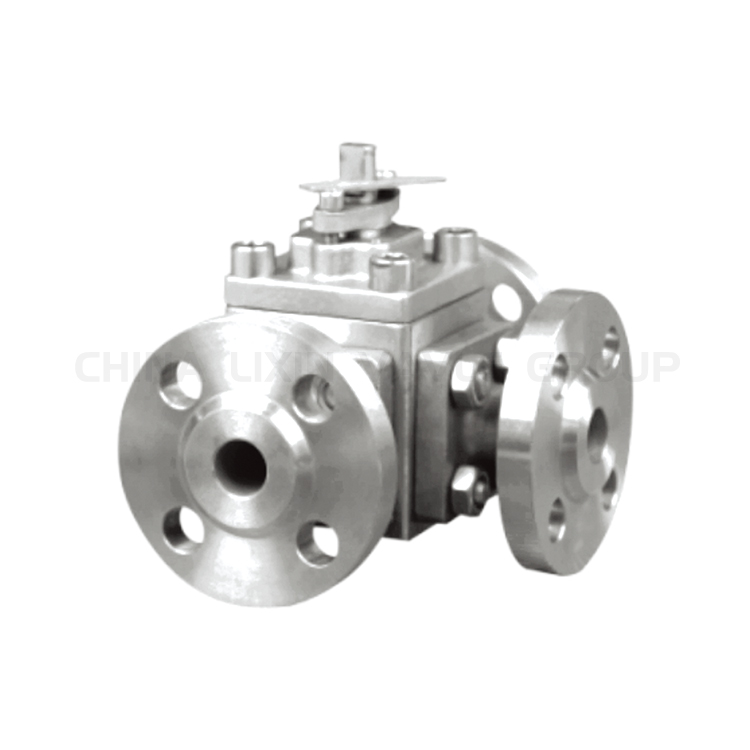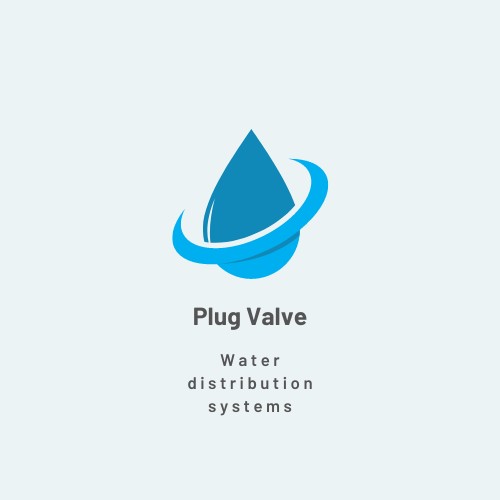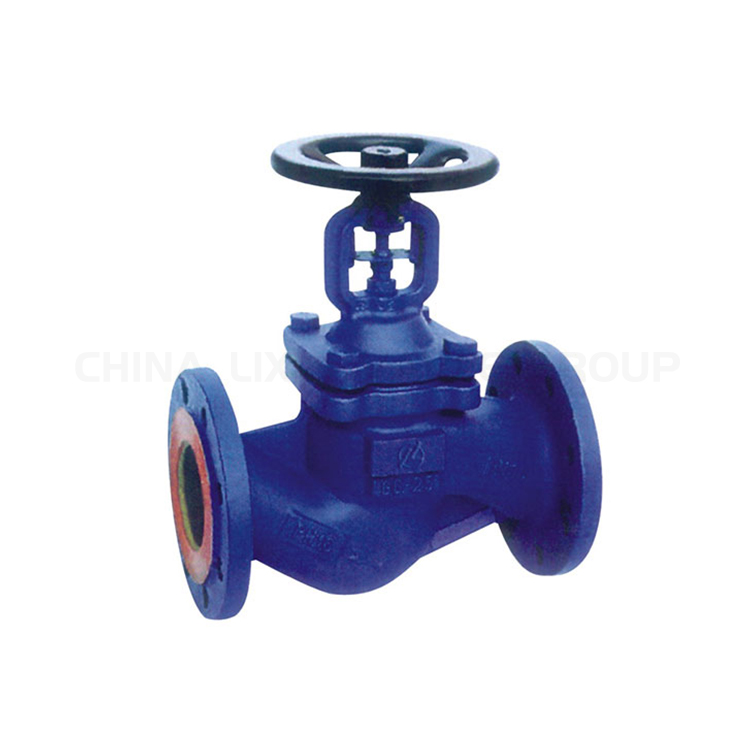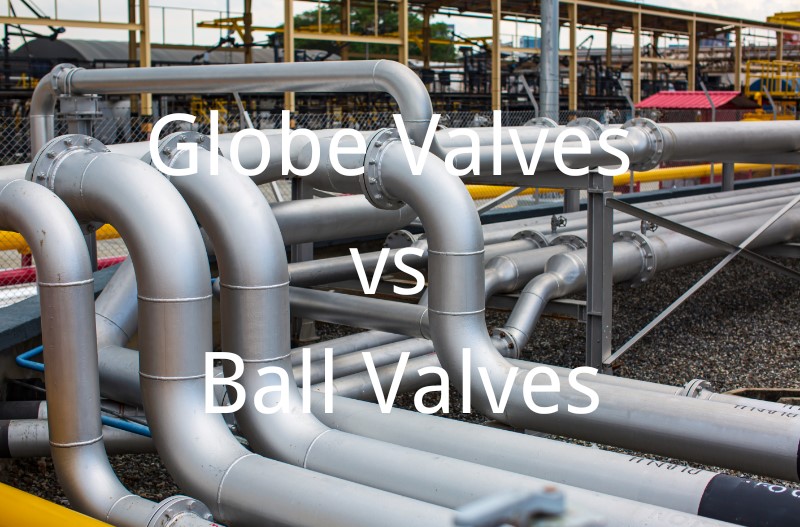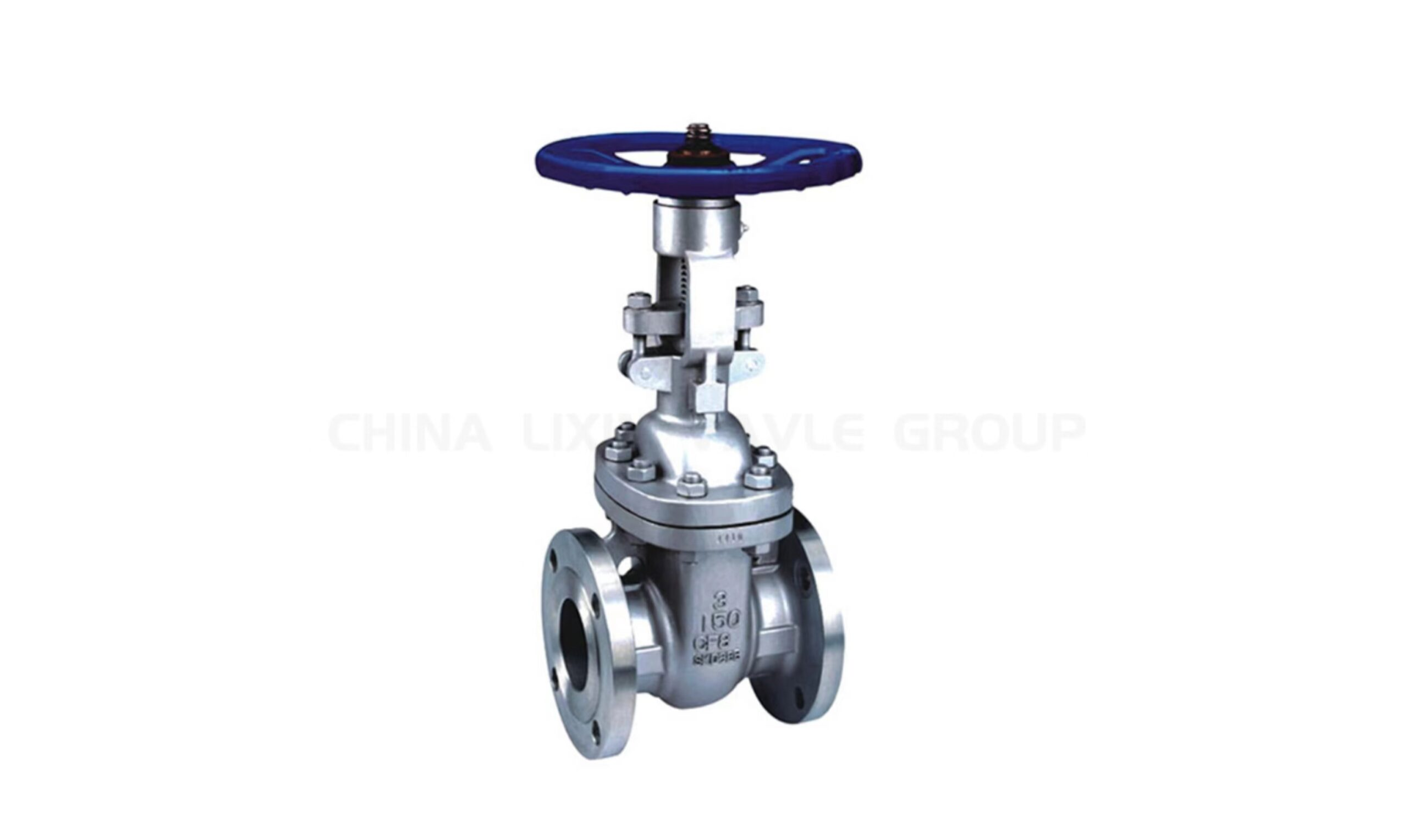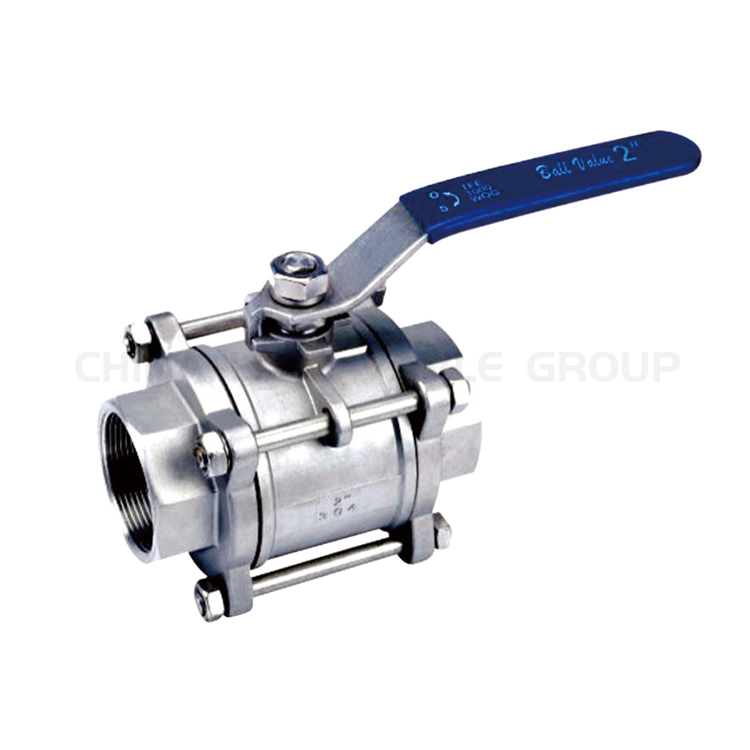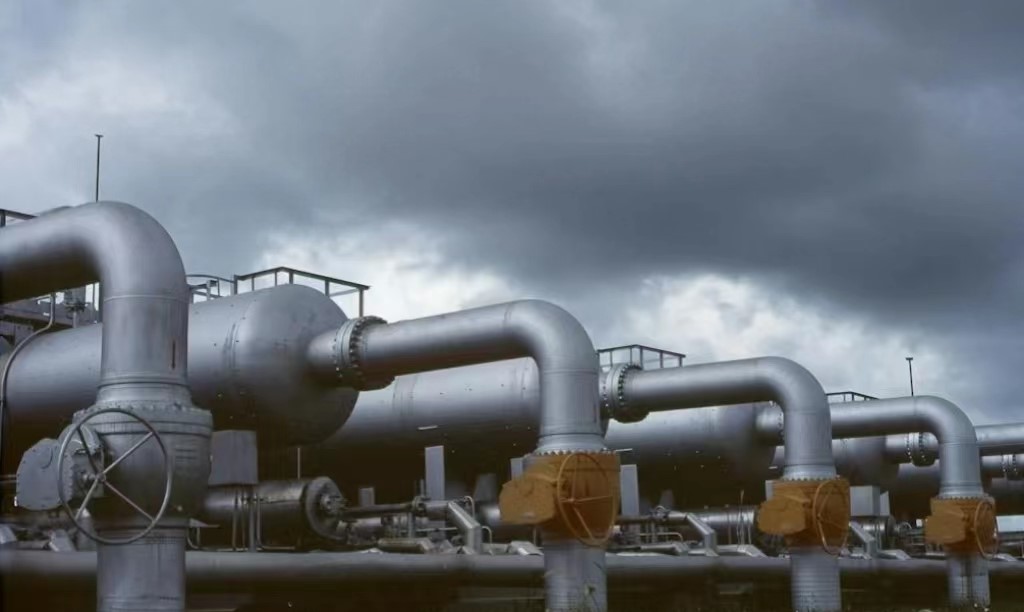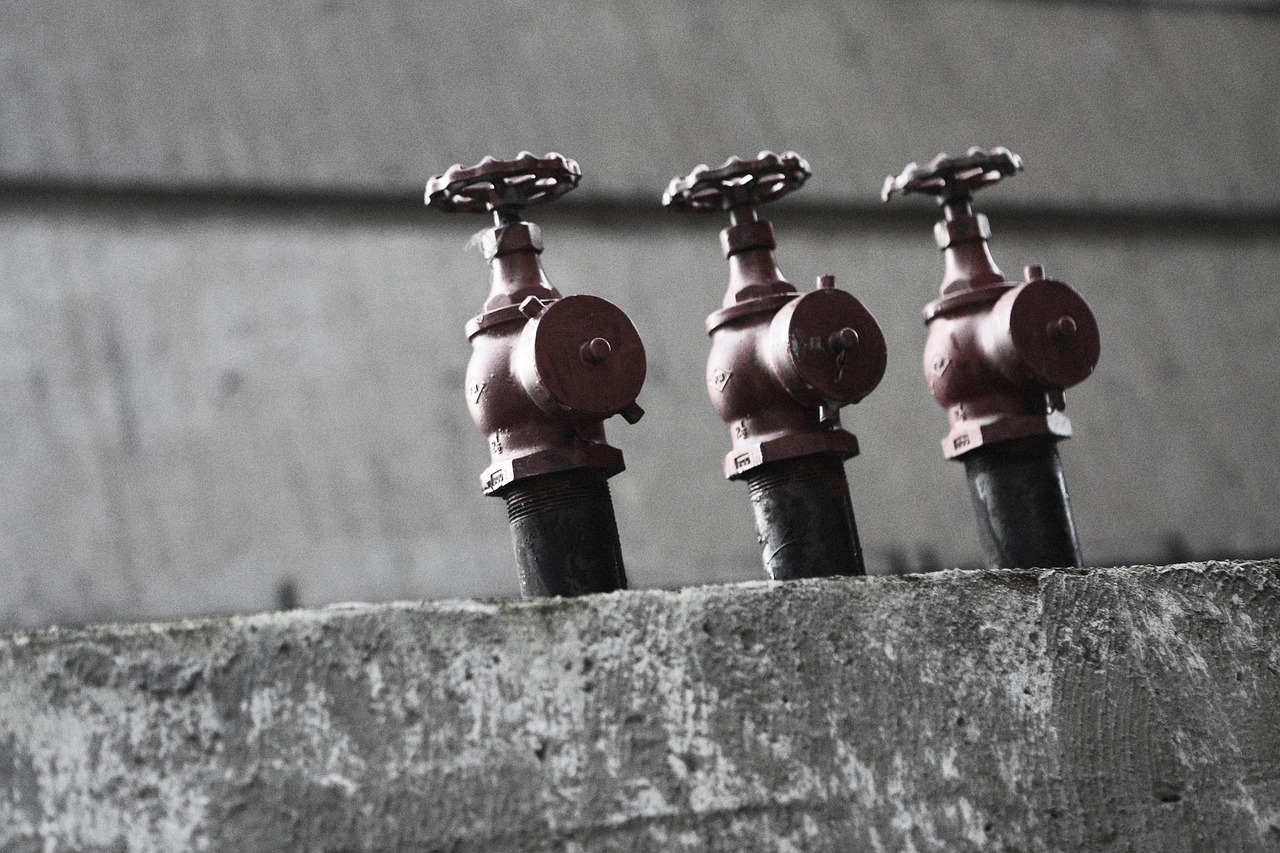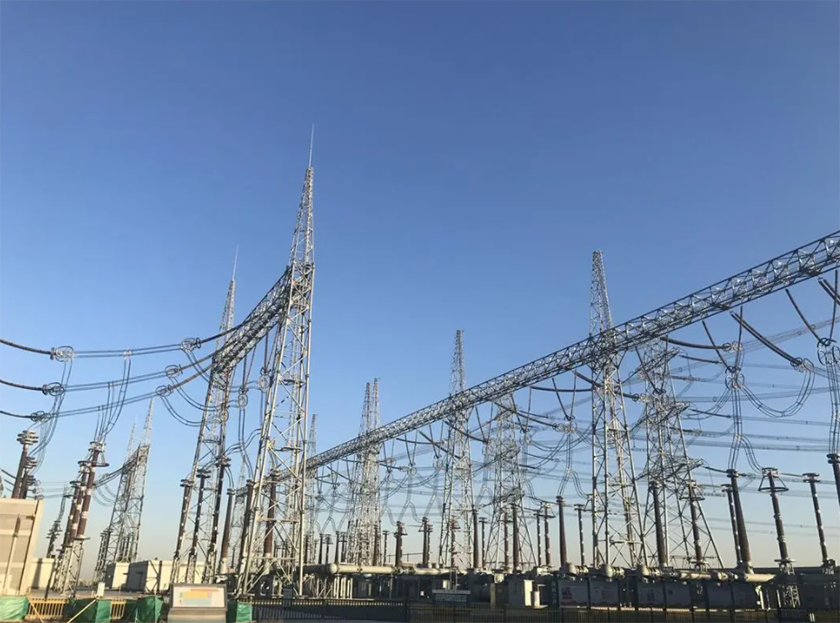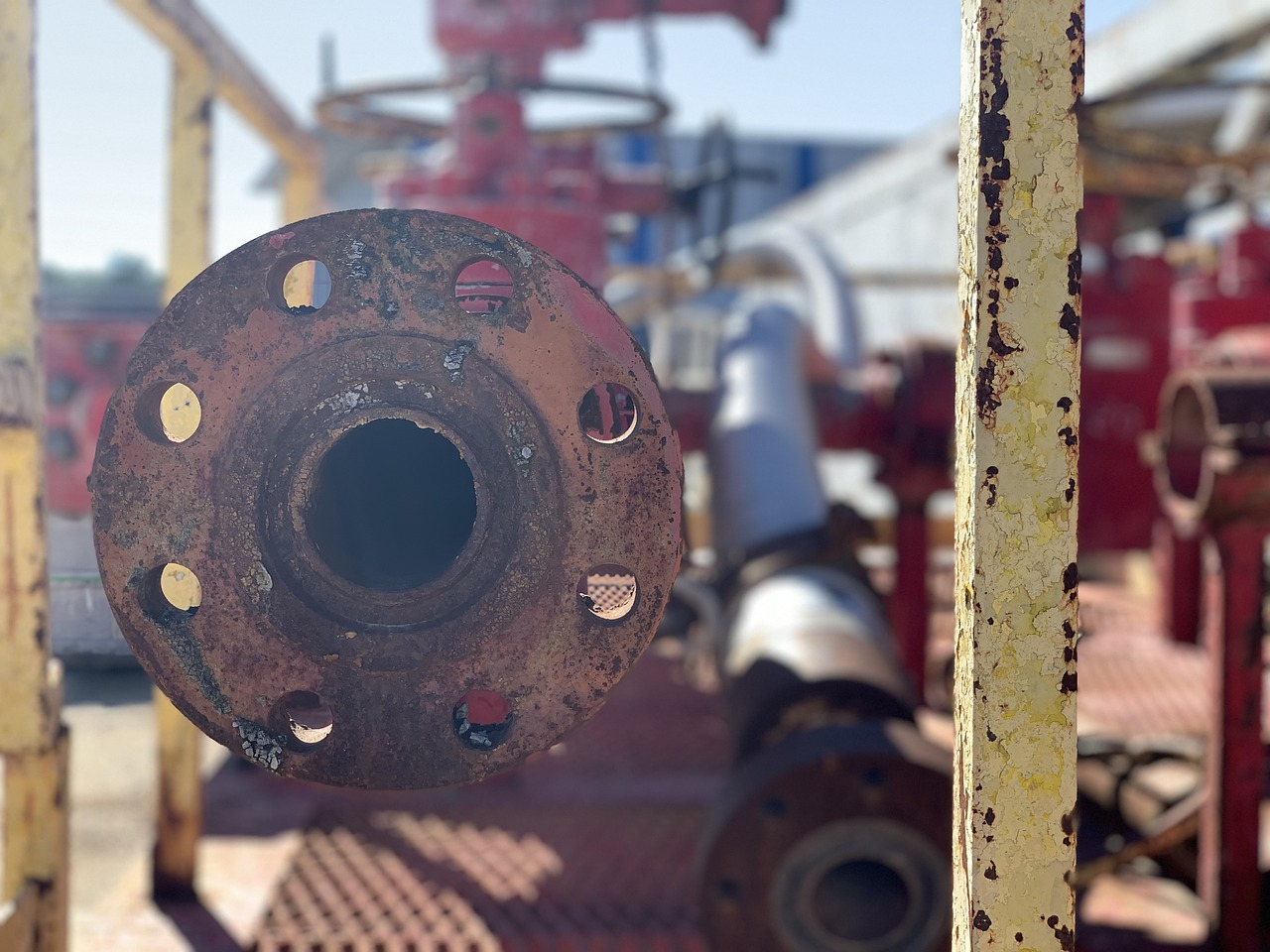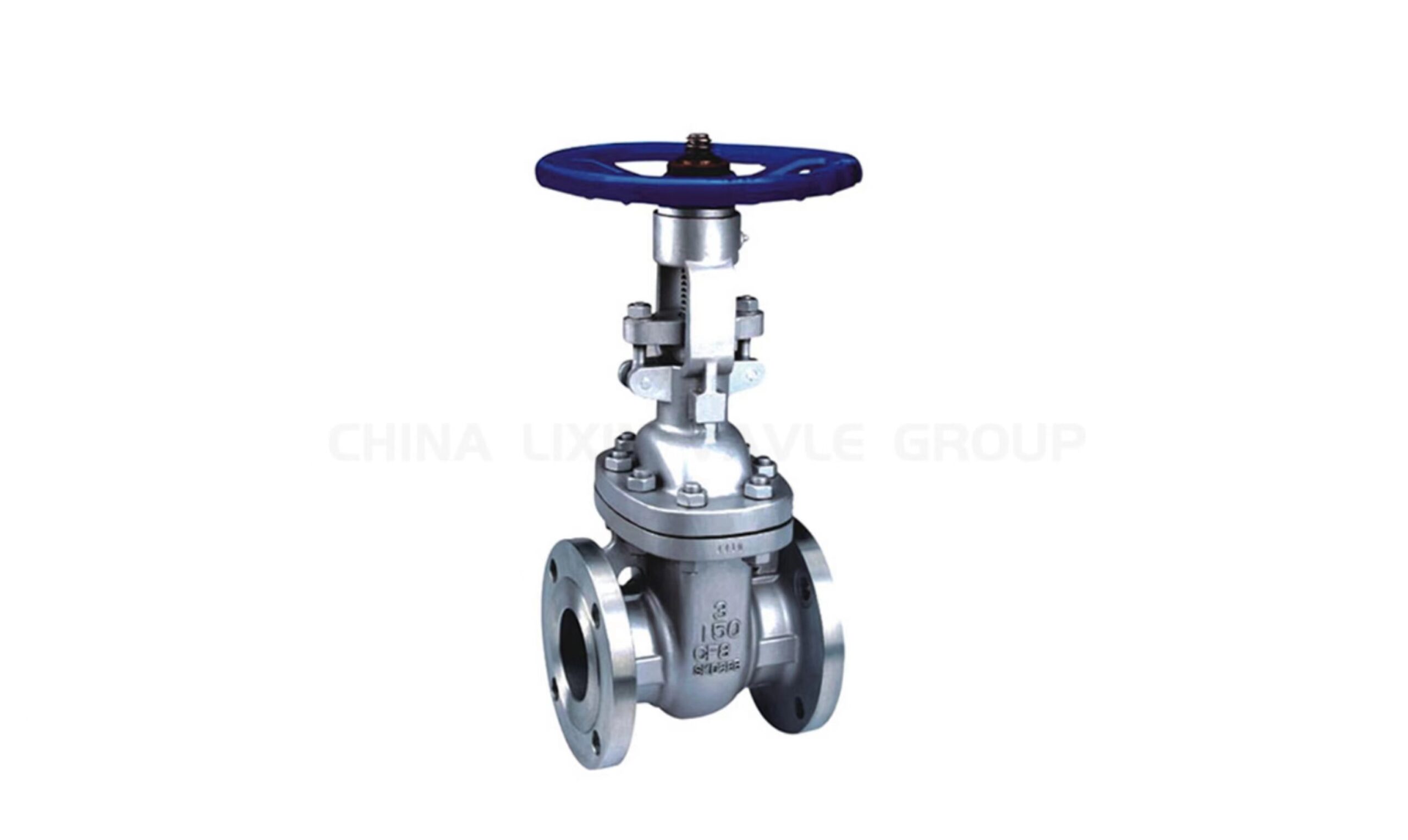What Are the Different Types of Forged Gate Valves?
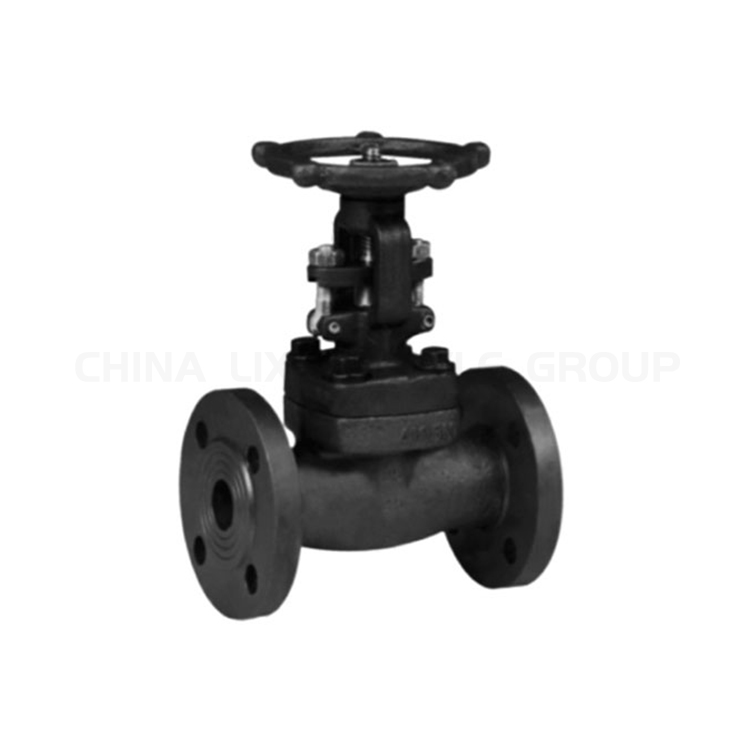
Forged gate valve is a common industrial valve widely used in pipeline systems to control the flow and pressure of fluids. Forged gate valves can be divided into many different types based on different designs and uses. This article will provide a comprehensive analysis and detailed explanation of these different types to help readers understand their characteristics, advantages and applicable fields.
The first type is the flat gate valve. The main feature of the flat gate valve is to control the on and off of the fluid through the up and down movement of the gate. A seal is formed between the gate plate and the valve seat, which can effectively prevent fluid leakage. Because the flat gate valve adopts the forging process, it has good strength and sealing performance, and is suitable for high pressure and high temperature conditions.
The second type is the parallel gate valve. The characteristic of the parallel gate valve is that the gate plate and the valve seat are parallel. When the fluid passes, the gate plate is completely separated from the valve seat, which reduces the flow resistance and is conducive to the rapid flow of fluid. In addition, the parallel gate valve also has better sealing performance and is suitable for occasions with high fluid leakage requirements.
The third type is the elbow gate valve. The characteristic of the elbow gate valve is that an elbow structure is added to the valve body, allowing the fluid to turn to a certain extent when passing through. This design can effectively eliminate fluid vibration and noise and reduce system pressure loss. Elbow gate valve is suitable for occasions with strict fluid flow requirements.
The fourth type is the Y-type gate valve. The main feature of the Y-type gate valve is that the gate plate and valve seat have a Y-shaped structure, and a Y-shaped flow channel is formed when the fluid passes through. This design can effectively reduce the resistance of the fluid and improve the flow capacity of the fluid. Y-type gate valves are widely used in the control field of liquid media, such as chemical industry, petroleum and other industries.
The fifth type is the balanced gate valve. Balanced gate valve is a specially designed gate valve with a balancing hole on the valve seat. Through the function of the balance hole, the medium pressure on both sides of the valve can be balanced, reducing the operating force of the valve and improving the stability and reliability of operation. Balanced gate valves are widely used in pipeline systems with high pressure differences and large diameters.
Through the analysis and detailed explanation of the above different types of forged gate valves, we can find that each type has unique characteristics and scope of application. When selecting a suitable forged gate valve, judgment and selection need to be made based on actual working conditions and requirements to ensure the safety and normal operation of the system.
What Are the Applications of Forged Gate Valves?

Forged gate valves are mainly used to regulate the flow and pressure of fluids. They have the advantages of simple structure, reliable sealing and long service life. They are widely used in various fields as follows:
1. Oil and natural gas industry: Forged gate valves play a key role in the extraction, transportation and processing of oil and natural gas. They are used to control the flow and pressure of fluids to ensure safe and efficient transportation and processing.
2. Chemical industry: In the chemical production process, forged gate valves are used to control the flow and pressure of various chemical substances. Their corrosion resistance and reliable sealing make them the valves of choice in the chemical industry.
3. Metallurgical industry: In the metallurgical process, forged gate valves are used to control the flow and pressure of various liquid metals. Due to the high temperature and high pressure working environment, forged gate valves need to have good heat resistance and sealing performance.
4. Water treatment industry: Forged gate valves are widely used in tap water supply, sewage treatment and industrial water treatment processes. They are used to control the flow and pressure of water flow, ensuring efficient and reliable water treatment processes.
5. Power Industry: In power plants and transmission systems, forged gate valves are used to control the flow and pressure of water, steam and gases. They ensure safe operation of electrical equipment and efficient power generation.

Forged gate valves are widely used in the above-mentioned industries because of their importance:
1. Safety: Forged gate valves can reliably control the flow and pressure of fluids to ensure the safe operation of industrial processes. They have good sealing properties and can effectively prevent fluid leakage.
2. Reliability: Forged gate valves are manufactured using forging processes and have high strength and corrosion resistance. They can operate stably for a long time in harsh working environments, reducing the frequency of maintenance and replacement.
3. Energy saving: The design of the forged gate valve enables it to reduce energy consumption during the opening and closing process. They have low fluid resistance and pressure drop, helping to save energy and reduce production costs.
4. Long life: Forged gate valves are made of high-quality materials and have a long service life. They undergo strict quality control and testing and are able to operate stably for a long time under harsh working conditions.
Forged gate valves have important applications in many fields such as energy, chemical industry, metallurgy, water treatment and power industry. Their safety, reliability, energy saving and long life make them an important choice among industrial valves. Understanding the application fields and importance of forged gate valves is very beneficial to practitioners and decision makers in related industries.
Why Are Forged Gate Valves Better Than Other Types of Valves?

Among many valves, forged gate valves are favored for their excellent performance and features. It is a reliable and durable valve that provides users with a high degree of safety and controllability.
First of all, forged gate valves have excellent sealing performance. It adopts metal-to-metal sealing between the gate and the valve seat, which can provide complete sealing in the closed state and effectively prevent medium leakage. Compared with other types of valves, the sealing performance of forged gate valves is more reliable, especially under high pressure or high temperature conditions, and its sealing performance is excellent.
Secondly, forged gate valves have lower resistance losses. The design and structure of the gate allow the medium to pass through the valve with almost no resistance loss. This reduces the pressure loss of the fluid and improves the fluid’s ability to pass through. Forged gate valves are an ideal choice for applications requiring high flow rates and low resistance losses.
In addition, the forged gate valve has good regulating performance. The stroke of the gate can be adjusted according to actual needs to achieve flow control. This adjustment performance makes forged gate valves widely used in hydraulic control systems, which can accurately control the flow and pressure of the medium.
In addition, forged gate valves have good corrosion resistance. Because its valve body and gate plate are made of excellent stainless steel or other corrosion-resistant materials, they have good corrosion resistance in corrosive media. This makes forged gate valves the preferred valve type for handling corrosive media.
Finally, forged gate valves offer reliable sealing performance and long life. Due to the metal seal between the gate plate and the valve seat, the forged gate valve has better sealing performance and can work stably for a long time. Its simple structure makes it easy to maintain and repair, extending the service life of the entire system.
Forged gate valves have unique advantages among many valves. Its excellent sealing performance, low resistance loss, good adjustment performance, corrosion resistance, reliable sealing performance and long life make it one of the most popular valve types in the industrial field. Whether in the chemical industry, petroleum, electric power or other fields, forged gate valves can meet the needs of various applications. Therefore, choosing forged gate valves is a wise and reliable choice.
Which Forged Gate Valve Is the Best?
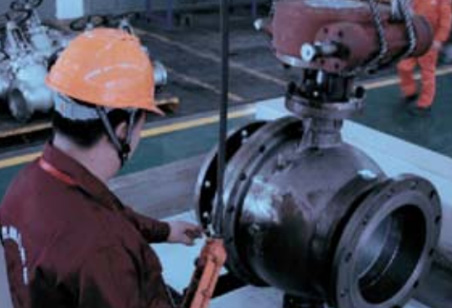
When choosing the right gate valve, people often encounter a question: Which forged gate valve is the best?
Different types of forged gate valves have their own characteristics and advantages. Each type of gate valve is suitable for different application scenarios and working environments. When choosing a gate valve, we should consider the following aspects.
The first is material selection. Commonly used materials for forged gate valves include carbon steel, stainless steel and alloy steel. Carbon steel has good corrosion resistance and wear resistance and is suitable for use in general industrial fields. Stainless steel has good corrosion resistance and is suitable for occasions with high fluid pollution requirements. Alloy steel has higher high temperature resistance and corrosion resistance, and is suitable for high temperature, high pressure and corrosive media.
Second is the structure type. Common forged gate valve structures include threaded connections, welded connections and flange connections. Threaded connections are suitable for small diameter gate valves, welded connections are suitable for medium diameter gate valves, and flange connections are suitable for large diameter gate valves. When selecting the type of structure, ease of installation and maintenance as well as sealing performance need to be considered.
The third is sealing performance. A high-quality forged gate valve should have good sealing performance and can effectively prevent fluid leakage. Commonly used sealing methods include metal seals, elastic seals and packing seals. Metal seals are suitable for high temperature and high pressure situations, elastic seals are suitable for general working conditions, and packing seals are suitable for situations with higher sealing requirements.
In addition, fluid flow capacity, operation method and brand reputation are also factors to consider when selecting a forged gate valve. The fluid flow capacity should meet actual use needs, the operation method should be convenient and practical, and a brand with a good reputation should be selected to ensure product quality and after-sales service.
Different types of forged gate valves have their own advantages and applicable scenarios. Choosing the best forged gate valve requires comprehensive consideration of factors such as material selection, structure type, sealing performance, fluid flow capacity, operation method, and brand reputation. Only by making reasonable choices based on actual needs can we obtain the best gate valve products.
How to Maintain a Forged Gate Valve?
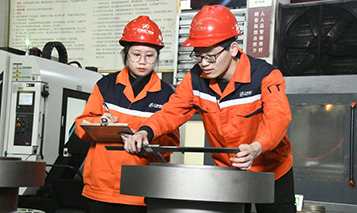
In order to ensure the normal operation and extend the service life of the forged gate valve, correct maintenance is very important. Here’s a closer look at how to properly maintain a forged gate valve.
First, regularly check the appearance and connections of the gate valve for damage or leakage. During use, various hard objects or media may cause impact or wear to the gate valve, so regular inspection and maintenance are required. If any problems are found, prompt steps should be taken to repair or replace the damaged parts.
Secondly, clean the internal structure and sealing surface of the gate valve regularly. There may be various impurities, sediments or corrosion substances inside the gate valve, which will affect the sealing performance and flow performance of the gate valve. Regular cleaning can effectively remove these obstructions and keep the gate valve running smoothly.
In addition, when cleaning gate valves, you should pay attention to using appropriate cleaning agents and tools. Choose a cleaning agent suitable for the gate valve material and medium, and avoid using highly corrosive chemicals. Cleaning tools should be soft to avoid damage to the gate valve.
In addition, it is also very important to keep the gate valve lubricated. Lubrication can reduce friction and wear and protect the sealing surface and transmission of the gate valve. Regularly add an appropriate amount of lubricating oil or grease to the lubricating parts of the gate valve, but be careful not to overdo it to avoid clogging the gate valve.
Another detail that needs attention is that when the gate valve is not used for a long time, it must be treated with anti-corrosion. Gate valves can be protected from oxidation or corrosion using rust inhibitors or coating materials.
Finally, regular performance testing and safety inspections of gate valves are one way to ensure maintenance is effective. Through testing and inspection, problems can be discovered and repaired in time to ensure the performance and safety of the gate valve.
Maintaining forged gate valves requires certain professional knowledge and skills. If you are not familiar with the operation, it is recommended to ask professionals to perform maintenance work to avoid damage or safety accidents.
Proper maintenance of a forged gate valve is critical to its proper operation and extended service life. Regular inspection, cleaning, lubrication and anti-corrosion measures are all indispensable steps in maintenance work. Contact us anytime if you have any needs, we will have valve experts to guide you!




 Request a Quote
Request a Quote
